Description
Sharing City / public space, space shared.
City parks and open spaces belong to the public and are therefore available for all members of society.
What is available to all must be shared by all, between rich and poor, young and old.
This involves not only a diversity of users, but also to a diversity in the manner in which public spaces.
Assimilation or exclusion:
Often communities are not willing to accept difference and diversity, preferring either assimilation or exclusion. This results in fragmentation of the social structure and urban space It is a phenomenon common to all contemporary societies.
Urban structures:
Urban facilities help organize and regulate the interaction between different social realities, cultural as well as political and economic community, and the people in urban areas.
Urban structures are therefore very important instruments of control. It is possible, through the design of urban structures, to control the level of tolerance, integration, assimilation and exclusion of individuals in urban areas.
The role of design:
Design can contribute positively to the form and use of public spaces.
Public / private partnerships can encourage a new type of street furniture.
Well designed objects can help showcase the uniqueness of urban design and the city’s creativity.
The task is to design an urban structure that encourages the following characteristics:
Urban Planning as shared City Devices:
An urban area (structure) which helps to create distinct spaces that offer the possibility of meetings between different social groups.
An urban area (structure) that can encourage interaction between different groups and individuals.
An urban area (structure) that is accessible and can be used 24 hours a day by different groups of people (perhaps as a refuge)
socio-economic considerations:
To achieve the goal of truly “shared cities” the design of this street furniture has to be based on an examination of urban economics, political economy and social theory.
Animation through complementary mixed use –
We should research and design a of series of multi-use furniture that will be located in public places to stimulate activity and allow constructive interaction between different social groups.
Inclusive Infrastructure / facilities available:
Where in the past, the emphasis has been on ways to hinder the use of the benches at night, we want furniture that would be part of an “inclusive” infrastructure. This can be achieved by strategically placing
and designing the objects to be used by various groups during the day or night.
Designing of a public seating structure that, through its shape and function, can be transformed to be used by different user groups during the day and at night.


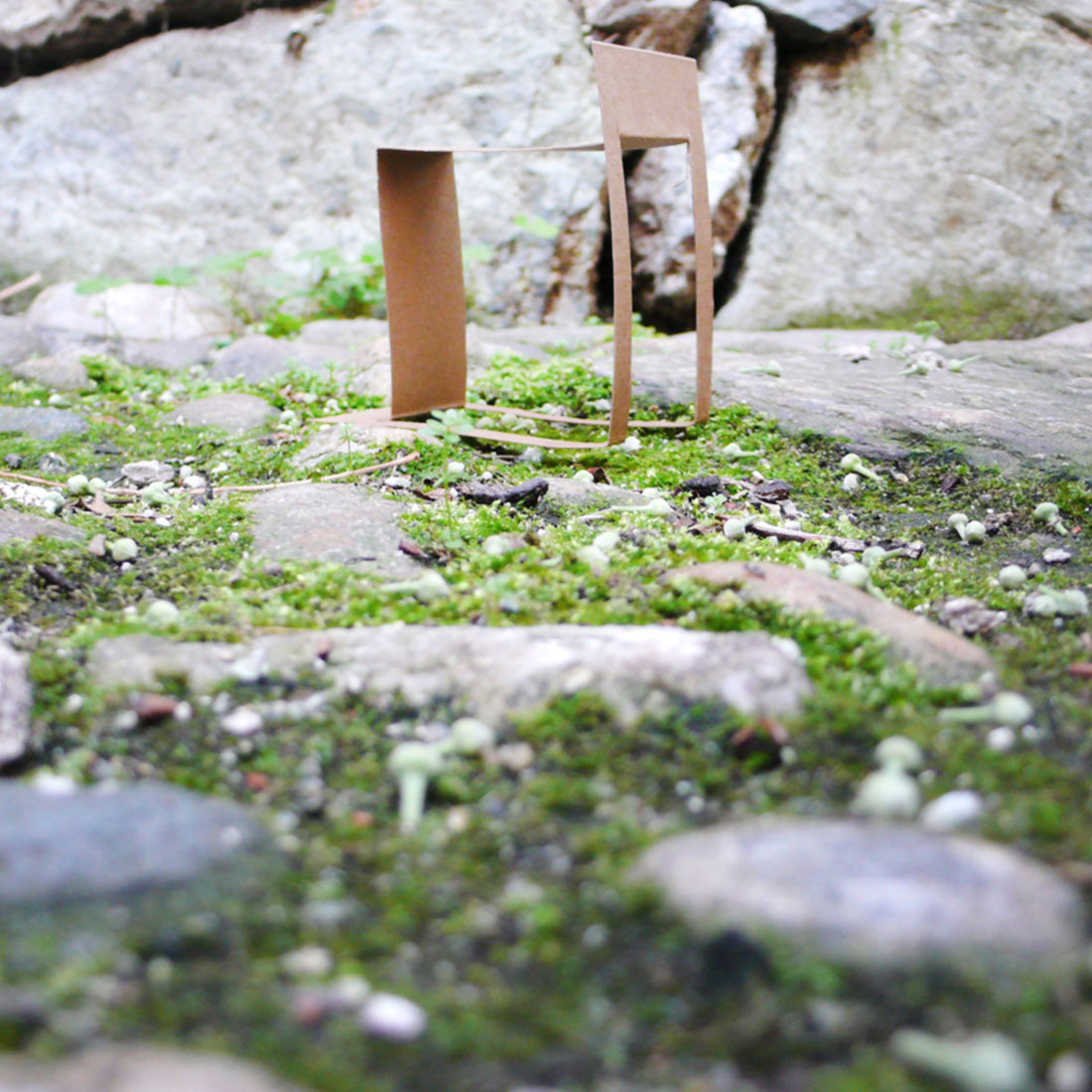
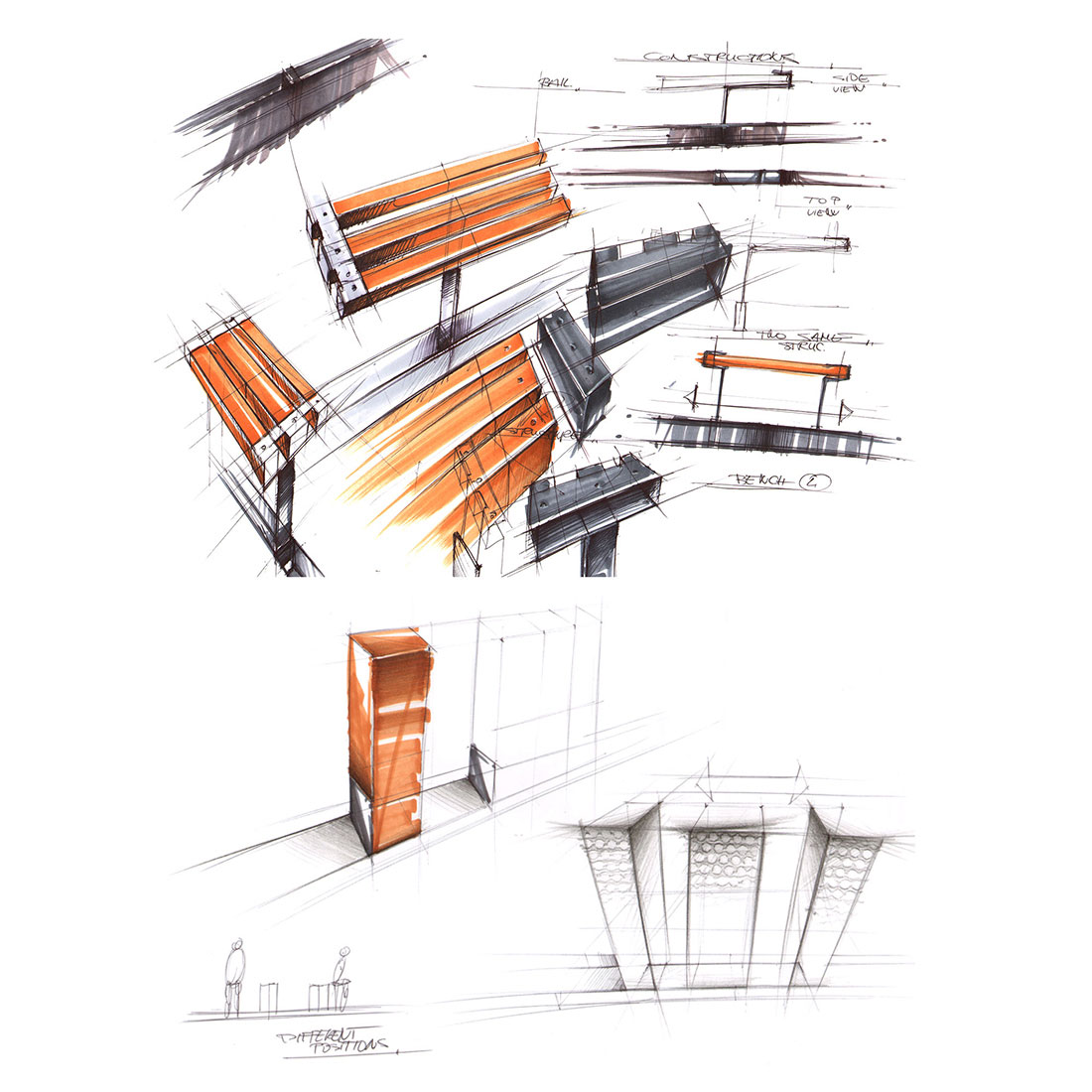
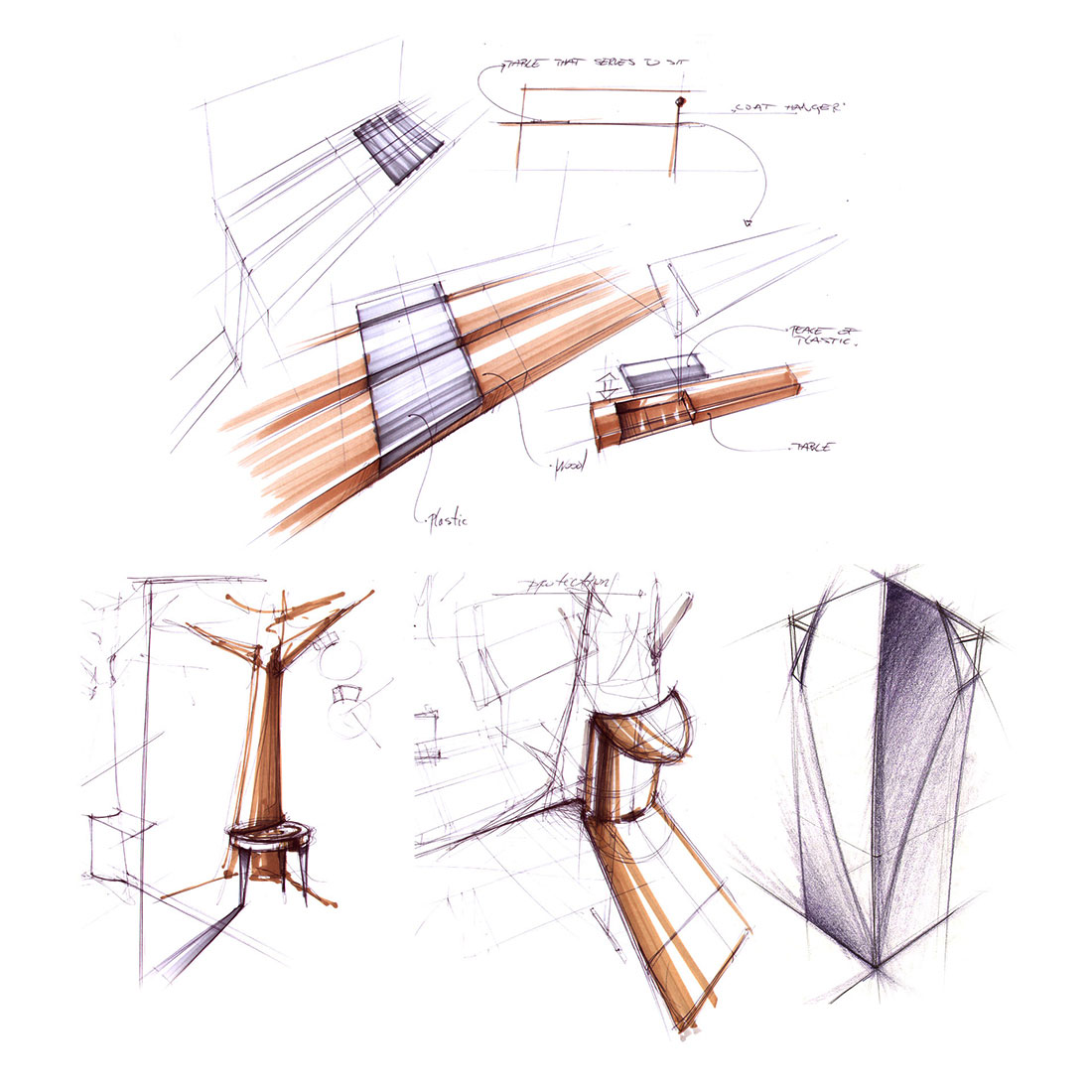
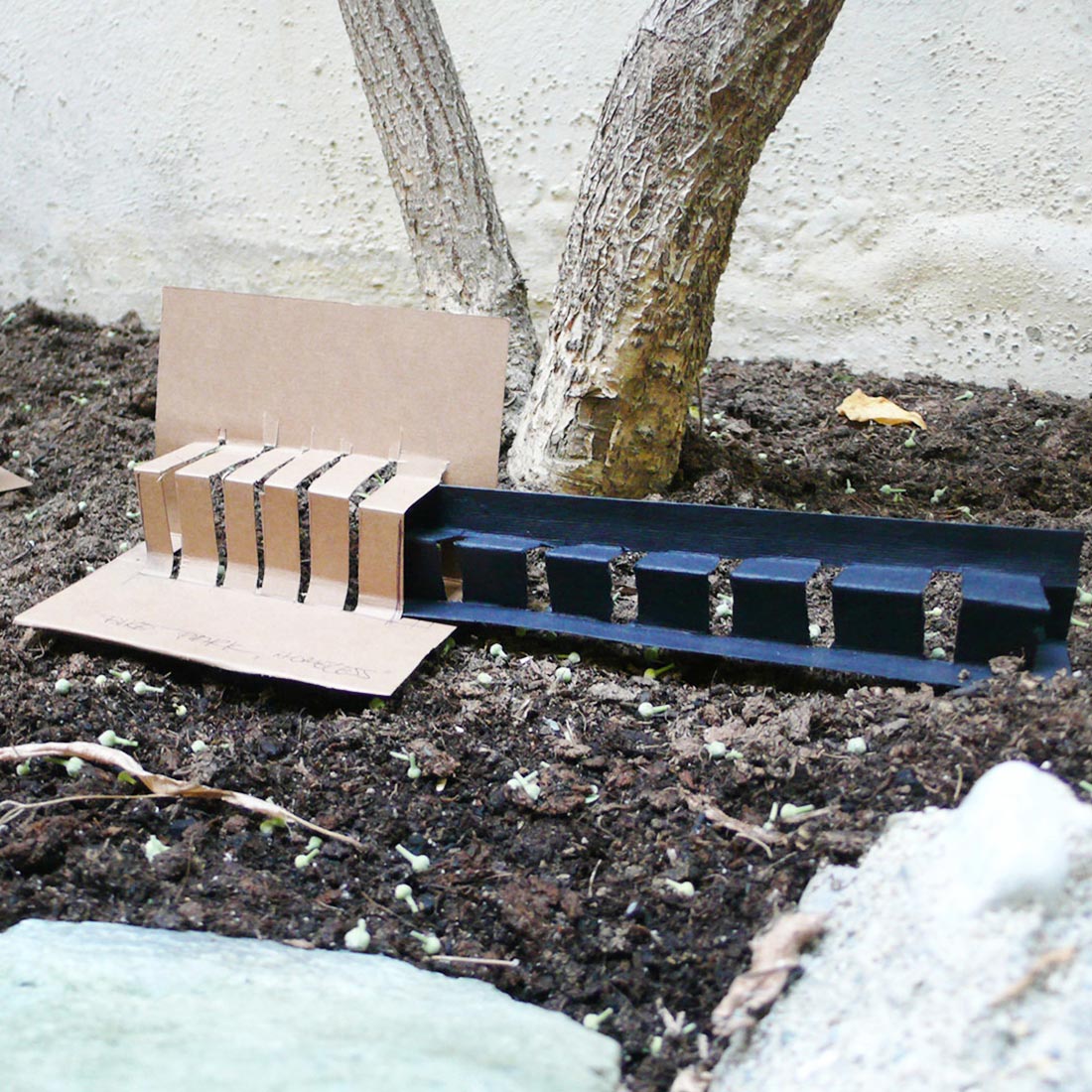
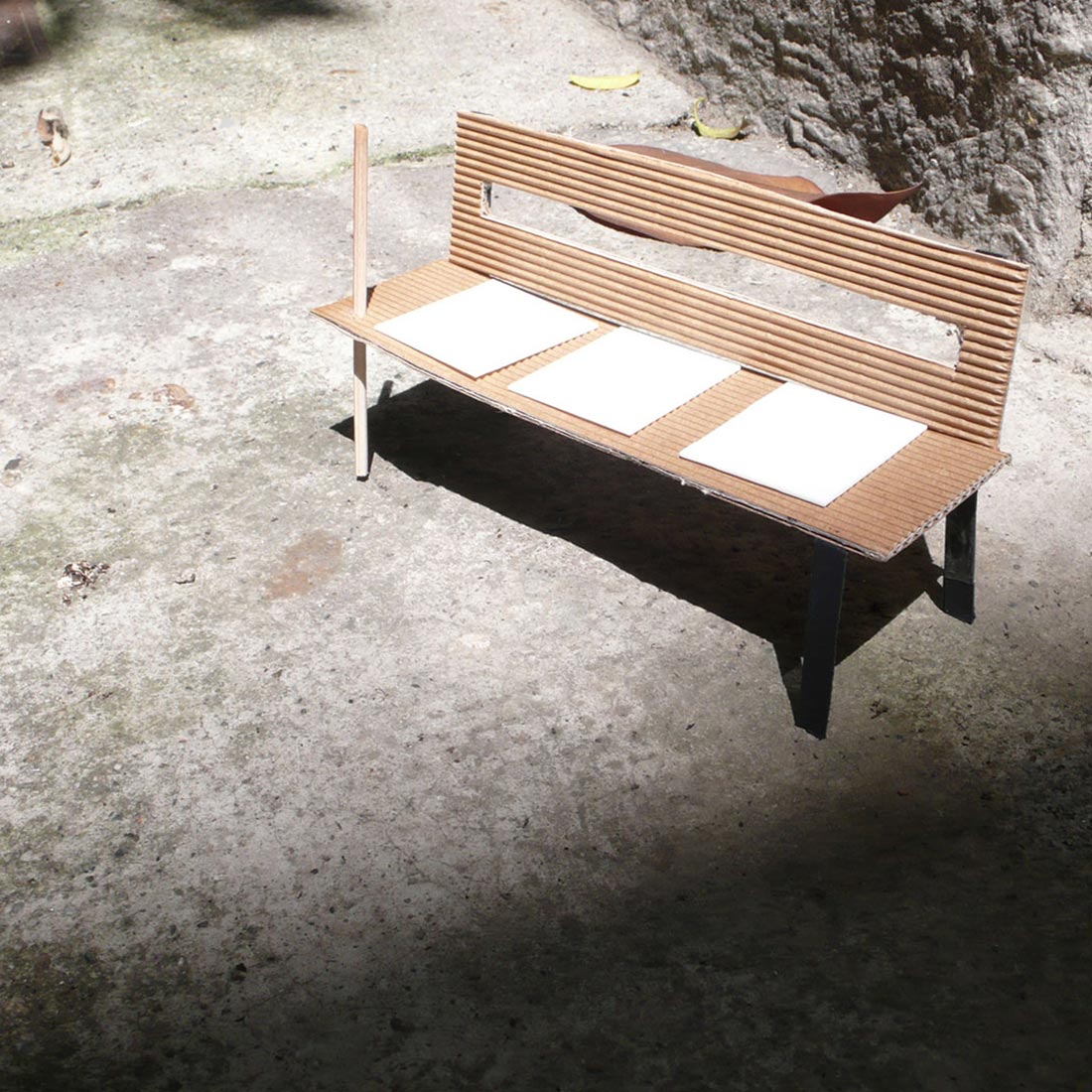
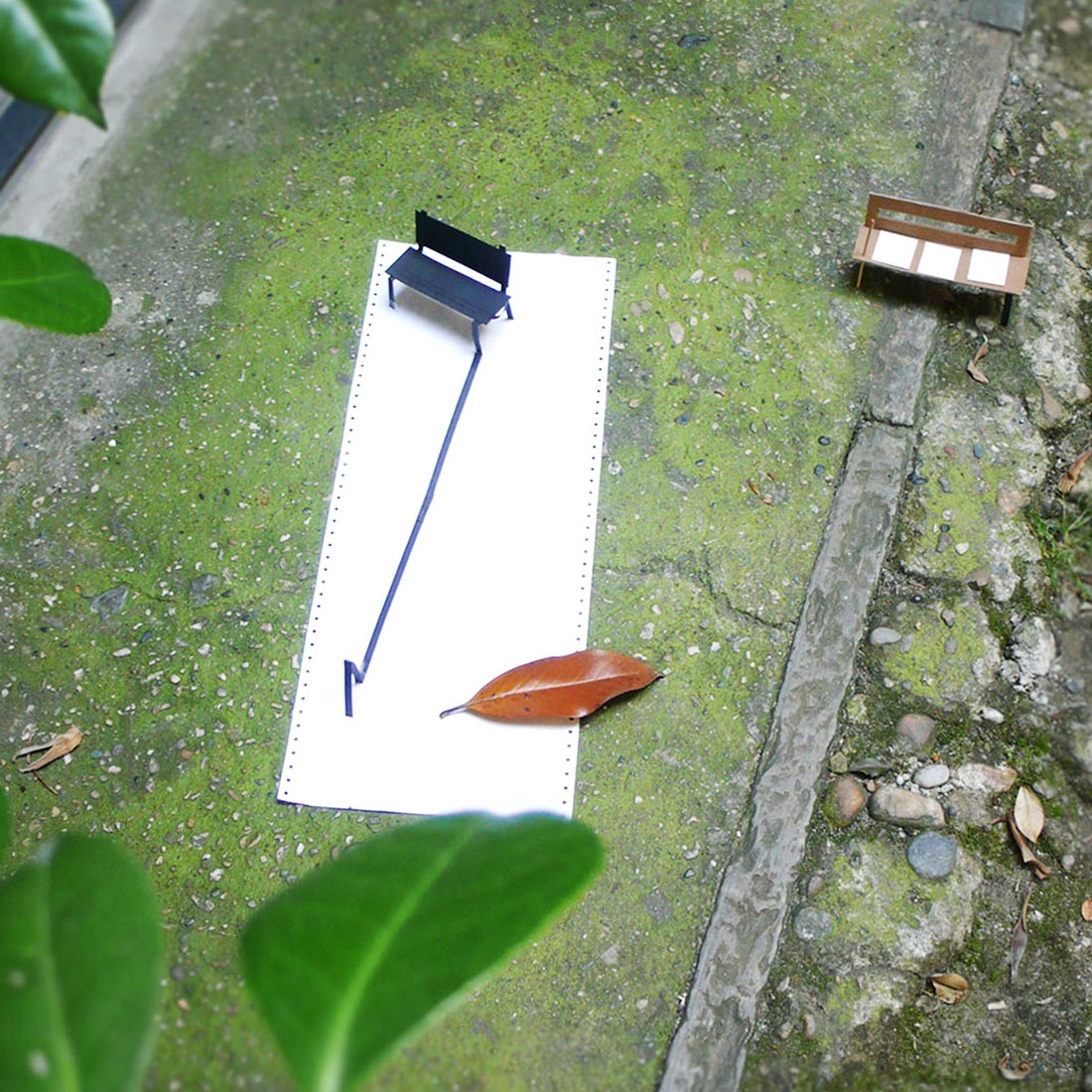



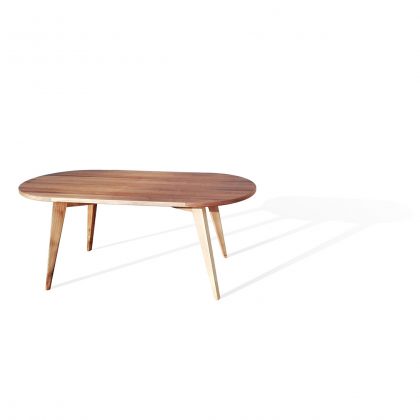
Reviews
There are no reviews yet.